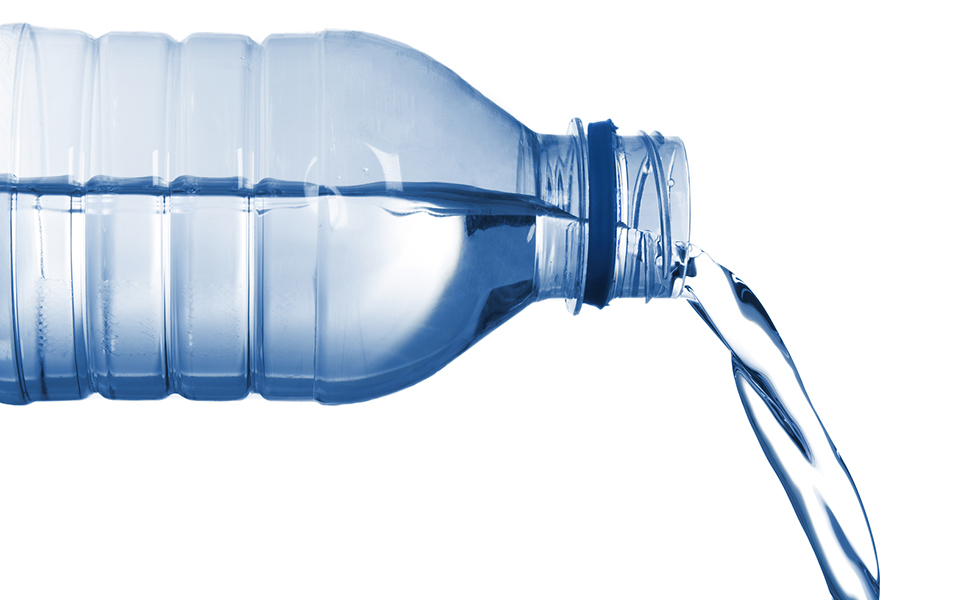Before you read this article, what do you think? Is tap water better? or is bottled water because it is probably cleaner? This is a question in which a person must include a large amount of different factors in their decision. Especially inside of our area where there is new proposed water regulations for Ontario. We will be looking at environmental and chemical factors only to determine what is best for us at this time.
Bottled water is said to use better filtering techniques then in tap water. It has even been shown that drugs have been found in our water ranging from muscle relaxants, anti-depressants, and even cocaine. This is said to be only a small amount but it is considered an environmental concern. There has also been problems such as E. coli being found in tap water and access amount of fluoride in Canada.

Bottled water is considered a food product and they are not subject to have any minimum amount of contaminants. Because of this there can be any problems such as access chemicals or just bottling tap water. Companies such as dansai and nestle have been caught doing this in the past. And there are numerous amounts of problems that relate to the bottling of water that can deter someone away from buying it. For instance...
Bottles used to package water take over 1,000 years to bio-degrade and when incinerated they can produce toxic fumes.
Around 80% of water bottles are not recycled. They are in landfills or exist as litter.
It is estimated that it takes 3 litres of water to produce 1 litre of bottled water.
Tap water in Ontario is about to have new regulation that will make a significantly better quality of water. The numbers are as follows.
(From http://thewaterproject.org/bottled_water_wasteful)
Lower the standard for Arsenic from 0.025 to 0.010 mg/L;
Lower the standard for Carbon Tetrachloride from 0.005 to 0.002 mg/L;
Lower the standard for Benzene from 0.005 to 0.001 mg/L;
Lower the standard for Vinyl Chloride from 0.002 to 0.001 mg/L;
New 1 mg/L standard for Chlorite;
New 1 mg/L standard for Chlorate;
New 0.1 mg/L standard for 2-Methyl-4-chlorophenoxyacetic acid (MCPA); and
New 0.080 mg/L standard for Haloacetic Acids as an annual average of quarterly samples.

With this much change, and with the use of water filters, the quality of water can be so much better then what is expected. certain filters which use ion-exchange resins can reduce up to 80% of fluoride and chlorine from our water. Even in other areas it is still considered better to drink tap water but with all these new benefits that are available, in Ontario the combination of this with a water filter is the best option for you, and the environment...
Do you believe that re-branding tap water should be illegal? or should it be considered better because they are up to municipal standards for our water.
Should bottled water have its own regulations? if so, should they be lower or higher than our municipal standards?
Should bottled water have its own regulations? if so, should they be lower or higher than our municipal standards?
References
Crowe, K. (2014). Drinking water contaminated by excreted drugs a growing concern. [online] Cbc.ca. Available at: http://www.cbc.ca/news/health/drinking-water-contaminated-by-excreted-drugs-a-growing-concern-1.2772289 [Accessed 15 Jun. 2015].
Nrdc.org, (2013). NRDC: Bottled Water. [online] Available at: http://www.nrdc.org/water/drinking/bw/chap3.asp [Accessed 15 Jun. 2015].
Saxe, D. (2015). Ontario proposes new Drinking Water Standards. [online] Environmental Law and Litigation. Available at: http://envirolaw.com/ontario-seeking-comments-new-drinking-water-standards/ [Accessed 15 Jun. 2015].
The Water Project, (2015). Bottle Water is Wasteful. [online] Available at: http://thewaterproject.org/bottled_water_wasteful [Accessed 15 Jun. 2015].
Pouring Image
http://www.businessinsa.com/bottled-water-sa/
Tap Image
http://townofmorris.ca/public-notice-discoloration-of-drinking-water/
No comments:
Post a Comment